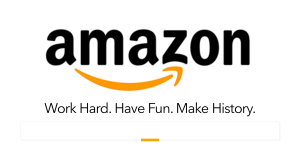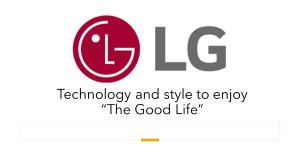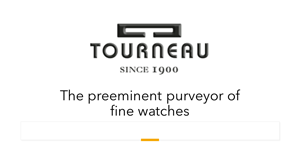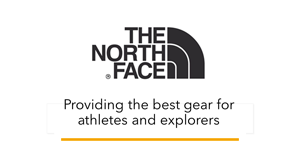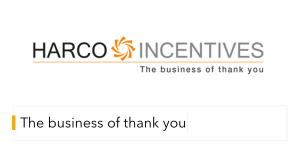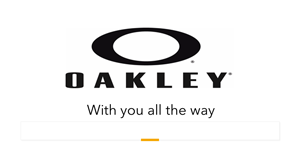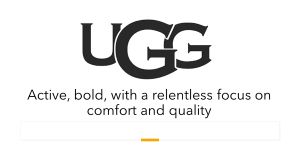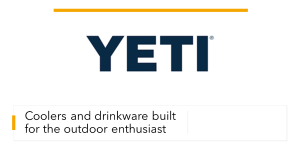Part II: How to - The Essence to Success: Program Design
If one can draw any single conclusion from all of the research conducted over the last 30 years related to engagement and performance, it’s the need to have a formal strategy that identifies the key audiences that can affect an outcome and all of the levers necessary to foster their proactive involvement in achieving organizational goals. Despite the inclination to "dumb down" engagement and performance to simple programs such as an engagement survey, a carrot-based reward program, a training or coaching platform, research indicates that efforts to achieve performance goals through people see the best results when they address not only what makes us want to do something, but also what makes us capable of doing it and what puts us in an emotional state to do so in a sustained manner. In that way, an organization is no different than an athletic team. This is Part 2 in our Award Design series.
 Perhaps the most important research demonstrating how to connect engagement with performance was a meta-analysis of extensive research, Incentives, Motivation and Workplace Performance: Research & Best Practices, conducted by the University of Southern California on behalf of the International Society of Performance Improvement and underwritten by what was then known as the SITE Foundation. This study found that incentive programs that address all of the key levers of engagement—i.e., mission, communication, capability, empowerment, fun, measurement, etc.—can improve performance by 44% in teams and 25% in individuals. Despite the compelling logic of these findings, a surprising number of companies tend to address performance goals in a linear fashion, addressing either motivation with carrots, capability with training programs, assessment with engagement surveys, etc. without understanding how all of these different tactics actually work better together when aligned to achieve clear goals.
Perhaps the most important research demonstrating how to connect engagement with performance was a meta-analysis of extensive research, Incentives, Motivation and Workplace Performance: Research & Best Practices, conducted by the University of Southern California on behalf of the International Society of Performance Improvement and underwritten by what was then known as the SITE Foundation. This study found that incentive programs that address all of the key levers of engagement—i.e., mission, communication, capability, empowerment, fun, measurement, etc.—can improve performance by 44% in teams and 25% in individuals. Despite the compelling logic of these findings, a surprising number of companies tend to address performance goals in a linear fashion, addressing either motivation with carrots, capability with training programs, assessment with engagement surveys, etc. without understanding how all of these different tactics actually work better together when aligned to achieve clear goals.
This was the state of marketing 30 years ago. Since then, the marketing world underwent a gradual but eventually profound shift from silos to integration. In the prime time of advertising in the later 1980s, advertising, direct marketing, promotions and events were similarly siloed, with managers often struggling for resources from one another rather than aligning efforts toward achieving common goals in an integrated fashion. In marketing, the age-old struggle for resources and power still exists, but most leading marketers today coordinate marketing tactics much more tightly than they 30 years ago. Major advertising agencies recognized this by buying up agencies specializing in alternative marketing. The same will eventually happen in internal marketing as well.
Ask any division head at most companies about what’s involved with attempting to better integrate different internal marketing efforts such as training, communications, incentive programs, rewards and recognition, and most will admit they’d rather not try. The fight for buy-in across multiple departments often isn’t worth the energy. Without a formal business case for better integrating the assessment, leadership development, communication, collaboration & innovation and rewards & recognition strategies used by many organizations, it’s easy to let silos prevail.
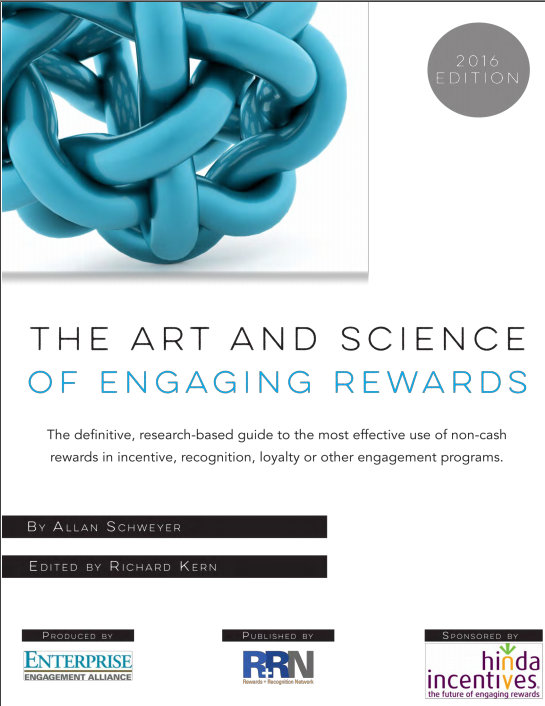
Based on the research, incentive programs focused solely on dangling carrots fail to systematically make sure people are capable of doing what is asked, are in a mental state to do so effectively and understand precisely how they can contribute to success.
It took the marketing world 30 long years to make this shift toward integration driven largely by the increasing ability to measure the return on investment. Similarly, as more organizations wake up to the economics of enterprise-wide engagement and the ability to measure ROI, they will invest in more advanced efforts to design programs that address all the human factors that connect engagement with performance.
The next part of this series addresses the essential elements of program design frequently overlooked by organizations initiating efforts to improve performance.
To learn about these key industry trends and their implications on your use of rewards and recognition, attend the Rewards & Recognition Expo and University, April 27-28, Orlando. Registration is free to managers or executives who provide rewards and recognition program solutions to corporate or not-for-profit clients. Register at randrexpo.com.
Or, access the e-book, The Art and Science of Rewards and Recognition, here.








